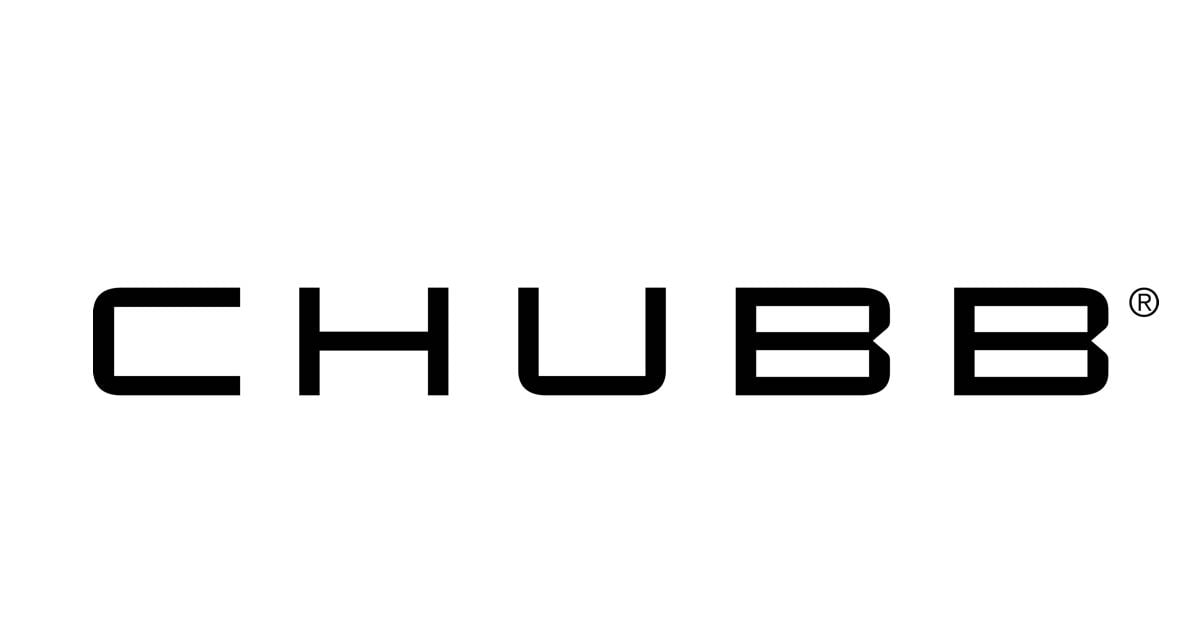The Best Home Insurance in Texas for 2024
Many or all of the products featured here are from our partners who compensate us. This influences which products we write about and where and how the product appears on a page. However, this does not influence our evaluations. Our opinions are our own. Here is a list of our partners and here's how we make money.
The average cost of home insurance in Texas is $4,400 per year, or about $367 per month, according to a NerdWallet rate analysis. In comparison, the national average rate is $1,915 per year.
NerdWallet analyzed data from numerous insurance companies to help you find the best home insurance in Texas in the following categories:
Best for affordability: State Farm.
Best for having few consumer complaints: Chubb.
Best for consumer experience: Nationwide.
Note: Some insurance companies included in this article may have made changes in their underwriting practices and no longer issue new policies in your state.

Best affordable homeowners insurance in Texas: State Farm
Coverage options
Discounts
NAIC complaints
State Farm
Coverage options
Discounts
NAIC complaints
State Farm’s average homeowners insurance rate in Texas is $4,020 per year, less than the state average of $4,400.
The company’s policies generally include extra dwelling coverage in case it costs more than expected to rebuild your home after a covered disaster. You may also be able to add coverage for things like utility lines, damage from backed-up drains and the breakdown of major appliances.
State Farm offers a free Ting device as a perk for home insurance policyholders. Ting is a smart plug that monitors your home’s electrical network to help prevent fires.
Learn more with our State Farm home insurance review.
Editor’s note: USAA offers an even cheaper rate in Texas, but its policies are available only to active military, veterans and their families.
Read our USAA home insurance review for more details.
Best in Texas for having few consumer complaints: Chubb

Coverage options
Discounts
NAIC complaints

Chubb
Coverage options
Discounts
NAIC complaints
Among the insurers we evaluated in Texas, Chubb drew the fewest complaints to state regulators for a company of its size, according to the National Association of Insurance Commissioners.
Chubb generally serves affluent policyholders with high-value homes, offering lofty coverage limits and plenty of perks. For example, the company covers water damage from backed-up sewers and drains, and pays to bring your home up to the latest building codes during reconstruction after a claim. (Many insurers charge more for these types of coverage.)
Texas homeowners can also sign up for complimentary Wildfire Defense Services. These services include an assessment of your home’s risk and deployment of firefighters to your home if a wildfire is approaching.
Learn more with our Chubb homeowners insurance review.
Best homeowners insurance in Texas for consumer experience: Nationwide

Nationwide
Coverage options
Discounts
NAIC complaints

Nationwide
Coverage options
Discounts
NAIC complaints
The Nationwide website offers plenty of ways to manage your policy, including filing and tracking claims, paying bills and getting quotes. The company also has a comprehensive and highly rated mobile app.
Nationwide’s standard homeowners policies include ordinance or law coverage, which pays to bring your home up to the latest building codes after a covered claim. They also include coverage for unauthorized credit or debit transactions. For an extra cost, you can add coverage for things like water backup, identity theft and stronger materials to replace your roof.
Learn more with our Nationwide homeowners insurance review.
Full list of the best home insurance companies in Texas
NerdWallet analyzed home insurance companies across the state to find the best home insurance in Texas. Here are all of the insurers that received a NerdWallet star rating of 4.5 or higher:
Company | NerdWallet star rating | Average annual rate |
|---|---|---|
Not available | ||
Not available | ||
Not available | ||
$6,780 | ||
$4,020 | ||
$5,915 | ||
USAA* | $3,450 | |
*USAA homeowners policies are available only to active military, veterans and their families. | ||
How much does homeowners insurance cost in Texas?
The average annual cost of home insurance in Texas is $4,400. That’s 130% more than the national average of $1,915.
In most U.S. states, including Texas, many insurers use your credit-based insurance score to help set rates. Your insurance score is similar but not identical to your traditional credit score.
In Texas, those with poor credit pay an average of $7,705 per year for homeowners insurance, according to NerdWallet’s rate analysis. That's 75% more than those with good credit.
Average cost of homeowners insurance in Texas by city
How much you pay for home insurance depends on where in the state you live. For example, the average cost of homeowners insurance in Houston is $6,610 per year, while homeowners in Dallas pay $5,045 per year, on average. Meanwhile, home insurance is much cheaper in El Paso at just $2,405 per year, on average.
City | Average annual rate | Average monthly rate |
|---|---|---|
Amarillo | $5,345 | $445 |
Arlington | $5,335 | $445 |
Austin | $2,840 | $237 |
Brownsville | $4,765 | $397 |
Conroe | $4,085 | $340 |
Corpus Christi | $5,840 | $487 |
Cypress | $6,095 | $508 |
Dallas | $5,045 | $420 |
El Paso | $2,405 | $200 |
Fort Worth | $5,335 | $445 |
Frisco | $4,820 | $402 |
Garland | $5,175 | $431 |
Grand Prairie | $5,090 | $424 |
Houston | $6,610 | $551 |
Irving | $5,165 | $430 |
Katy | $6,010 | $501 |
Laredo | $3,250 | $271 |
Lubbock | $5,260 | $438 |
McKinney | $4,875 | $406 |
Mission | $5,185 | $432 |
Plano | $4,760 | $397 |
Richmond | $6,550 | $546 |
Round Rock | $2,965 | $247 |
San Antonio | $3,590 | $299 |
Spring | $5,045 | $420 |
The cheapest home insurance in Texas
Below are the insurers we found with average annual rates below the Texas average of $4,400.

Company | NerdWallet star rating | Average annual rate |
|---|---|---|
Texas Farm Bureau | 3.5 NerdWallet rating | $2,835 |
$3,725 | ||
$4,020 | ||
USAA* | $3,450 | |
*USAA homeowners policies are available only to active military, veterans and their families. | ||
What to know about Texas homeowners insurance
Homeowners in Texas should be aware of several different types of severe weather that could put their homes at risk.
Hurricanes
Texas' long coastline makes it vulnerable to hurricanes. Homeowners insurance typically covers damage caused by wind, but in Texas you may pay a separate insurance deductible for any wind or hail damage.
Depending on where you live, your insurer may decline to provide windstorm coverage as part of your homeowners insurance policy. Should that happen, you can purchase separate windstorm insurance. If a private insurer rejects you, you can usually get coverage from the Texas Windstorm Insurance Association as long as you live in a designated coastal county.
Hurricanes can also cause flood damage, which a standard homeowners insurance policy won’t cover. To check your flood risk, put your address into the Federal Emergency Management Agency's flood maps or visit RiskFactor.com, a website from the nonprofit First Street Foundation.
Learn more about flood insurance and how to buy it.
Hail
Hailstorms can wreak havoc on roofs, but fortunately for homeowners, a typical home insurance policy will pay for hail damage.
As noted above, some Texas policyholders may not be able to get wind and hail coverage with their homeowners insurance, depending on where they live. In these cases, the Texas Windstorm Insurance Association may be able to help.
When the time comes to replace your roof, you may want to consider choosing impact-resistant materials that are less likely to be damaged by hail. In addition to preventing damage, this could also earn you a discount from your insurer.
Tornadoes
A standard homeowners insurance policy covers damage from a tornado, along with any additional living expenses you might have if you're temporarily displaced from home because of tornado damage.
But as with hurricanes and hail, you may need extra insurance to cover tornado damage if your homeowners insurance doesn’t cover windstorms in your area.
Wildfires
A standard home insurance policy will cover wildfire damage and pay for you to live elsewhere if you’re unable to stay in your own house during repairs.
Texas Department of Insurance
Got a complaint about your insurer or a question about your policy? Turn to the Texas Department of Insurance, which oversees the state’s insurance industry. You can call the department at 800-252-3439.
Your insurance company is required to give you a copy of the TDI’s Consumer Bill of Rights when it issues you a homeowners policy. Among other things, this document explains how the claims process works and under which circumstances an insurer can cancel your policy.
Looking for more insurance in Texas?
NerdWallet calculated median rates for 40-year-old homeowners from various insurance companies in every ZIP code across the state. All rates are rounded to the nearest $5.
Sample homeowners were nonsmokers with good credit living in a single-family, two-story home built in 1984. They had a $1,000 deductible and the following coverage limits:
$300,000 in dwelling coverage.
$30,000 in other structures coverage.
$150,000 in personal property coverage.
$60,000 in loss of use coverage.
$300,000 in liability coverage.
$1,000 in medical payments coverage.
We made minor changes to the sample policy in cases where rates for the above coverage limits or deductibles weren’t available.
We changed the credit tier from “good” to “poor,” as reported to the insurer, to see rates for homeowners with poor credit.
These are sample rates generated through Quadrant Information Services. Your own rates will be different.
Star rating methodology
NerdWallet’s homeowners insurance ratings reward companies for customer-first features and practices. Ratings are based on weighted averages of scores in several categories, including financial strength, consumer complaints, coverages, discounts and online experience. These ratings are a guide, but we encourage you to shop around and compare several insurance quotes to find the best rate for you. NerdWallet does not receive compensation for any reviews. Read our full homeowners insurance rating methodology.
Complaint methodology
NerdWallet examined complaints received by state insurance regulators and reported to the National Association of Insurance Commissioners in 2020-2022. To assess how insurers compare with one another, the NAIC calculates a complaint index each year for each subsidiary, measuring its share of total complaints relative to its size, or share of total premiums in the industry. To evaluate a company’s complaint history, NerdWallet calculated a similar index for each insurer, weighted by market shares of each subsidiary, over the three-year period. NerdWallet conducts its data analysis and reaches conclusions independently and without the endorsement of the NAIC. Ratios are determined separately for auto, home (including renters and condo) and life insurance.
On a similar note...


